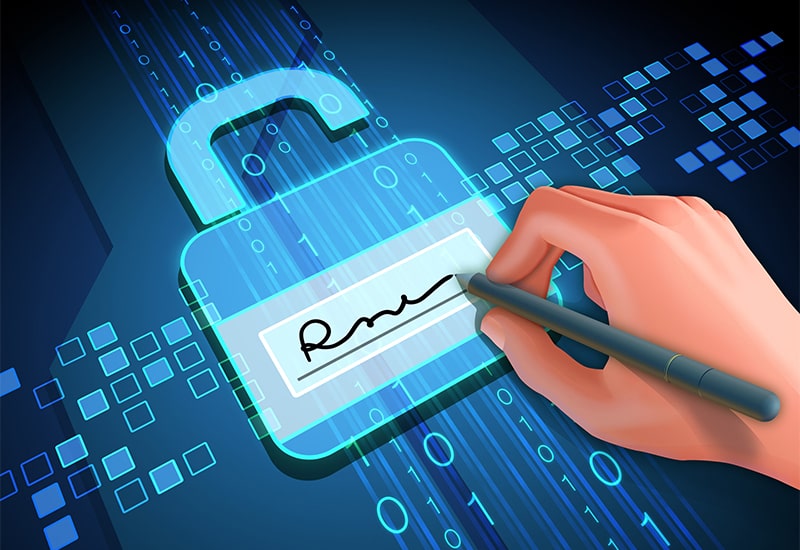eSignature Validation Plugtests 2022
Posted by Lara Mason 11081 Hits- Event type: Interoperability Events
ETSI Centre for Testing and Interoperability (CTI) on behalf of TC ESI, ETSI’s Technical Committee for Electronic Signatures and Infrastructures organized a remote Plugtests interoperability event on Electronic Signature Validation. This event was run remotely from 16 May to 15 July 2022 using a dedicated web portal.
Scope
The aim of the event was to check the interoperability of ETSI advanced digital signatures and the validation capacities of the participants in order to help them detect possible issues which may lead to different validation results.
The interoperability testing allowed participants to test their digital signature validation tools and to cross-validate ETSI Electronic Signatures/Seals relying on EU Member States' Trusted Lists (based on TS 119 612 and TS 119 615) and according to the following standards:
European Standard EN 319 102-1 (Procedures for Creation and Validation of AdES Digital Signatures; Part 1: Creation and Validation) updated in 2021-11 TS 119 102-2 (Procedures for Creation and Validation of AdES Digital Signatures; Part 2: Signature Validation Report) updated in 2021-09 TS 119 172-4 (Signature Validation Policy for European Qualified Electronic Signatures/Seals Using Trusted Lists) updated in 2021-05These specifications have been updated since the last Digital Signature Validation Plugtests in 2019 and include significant changes.


